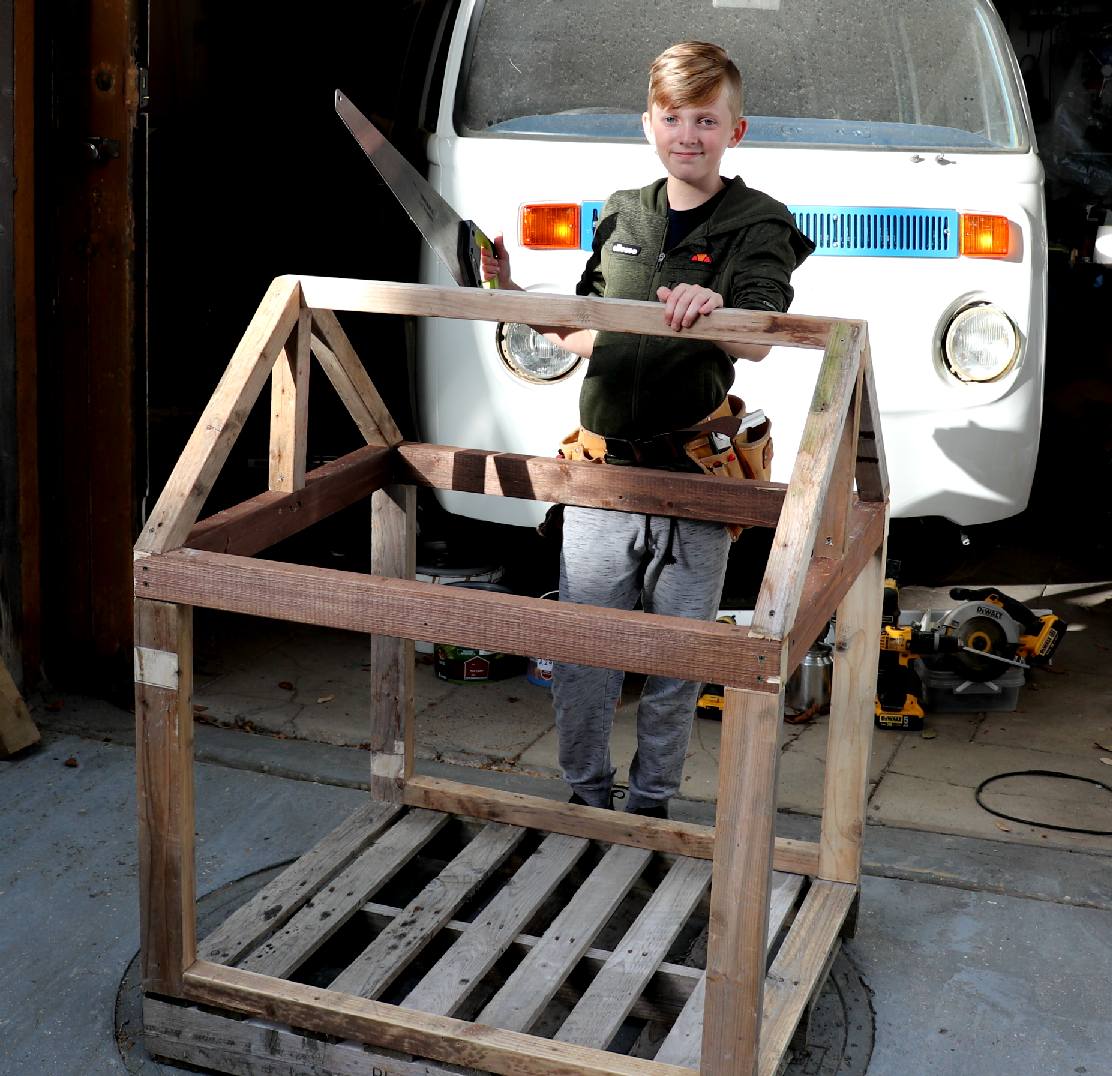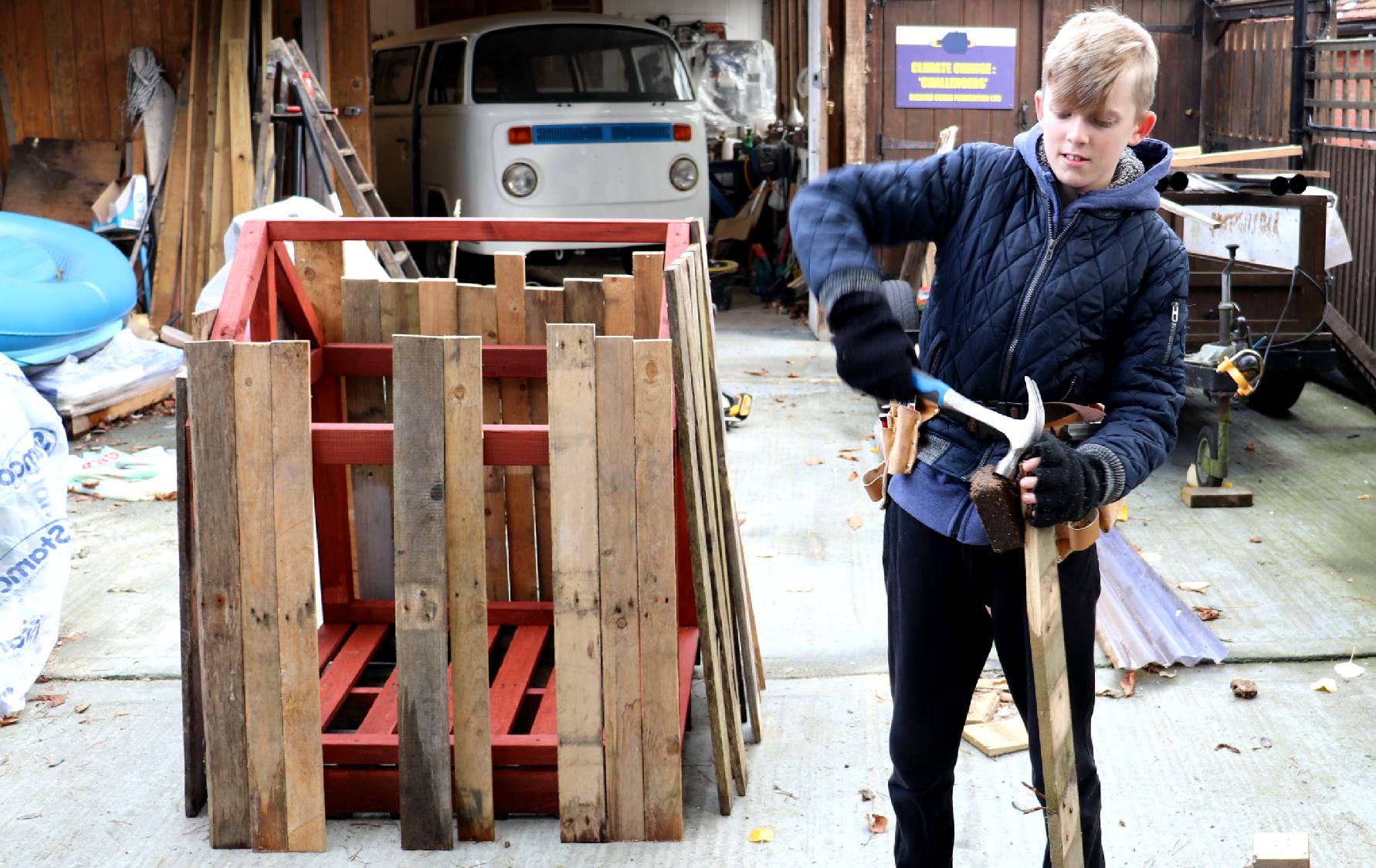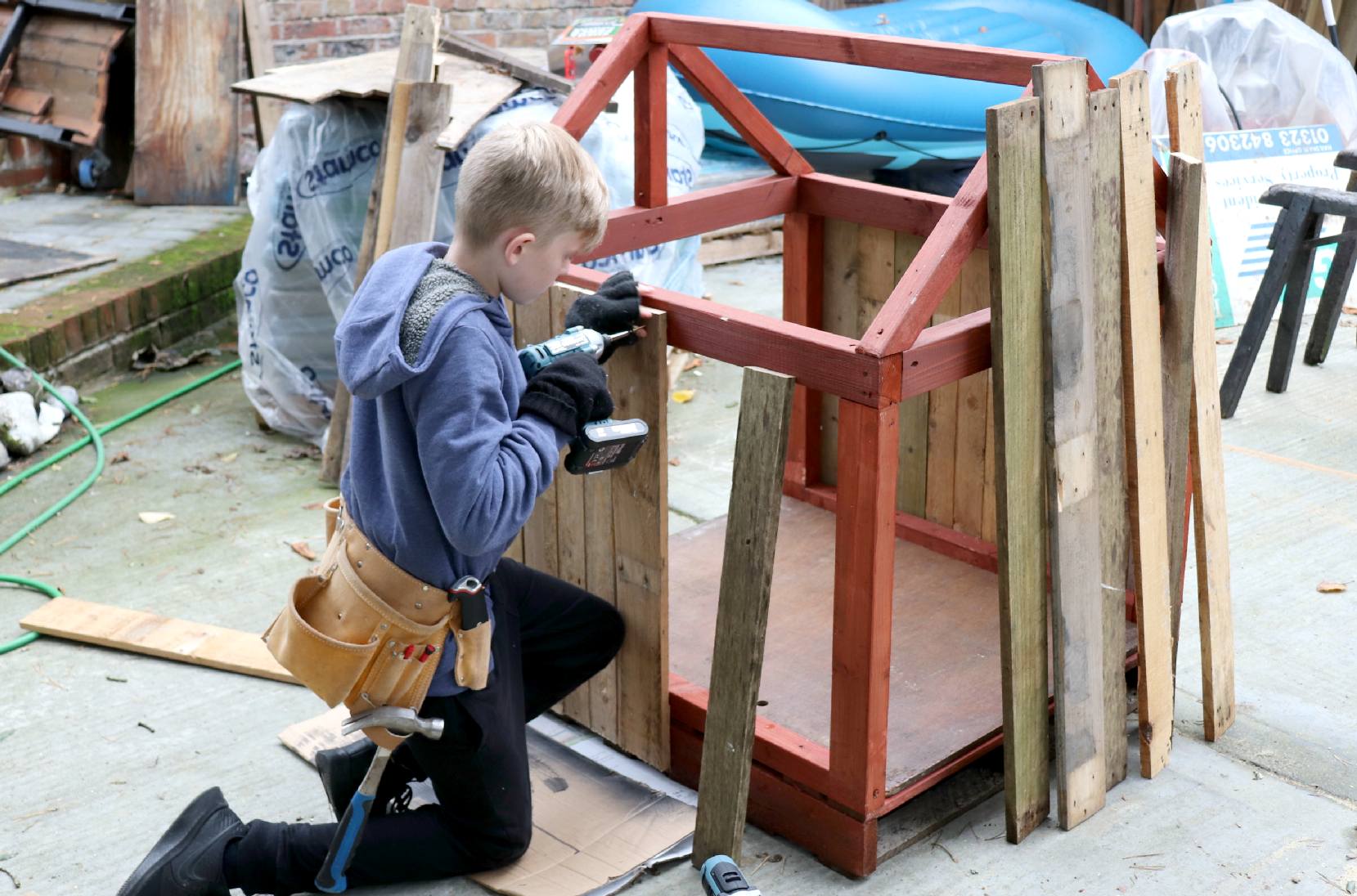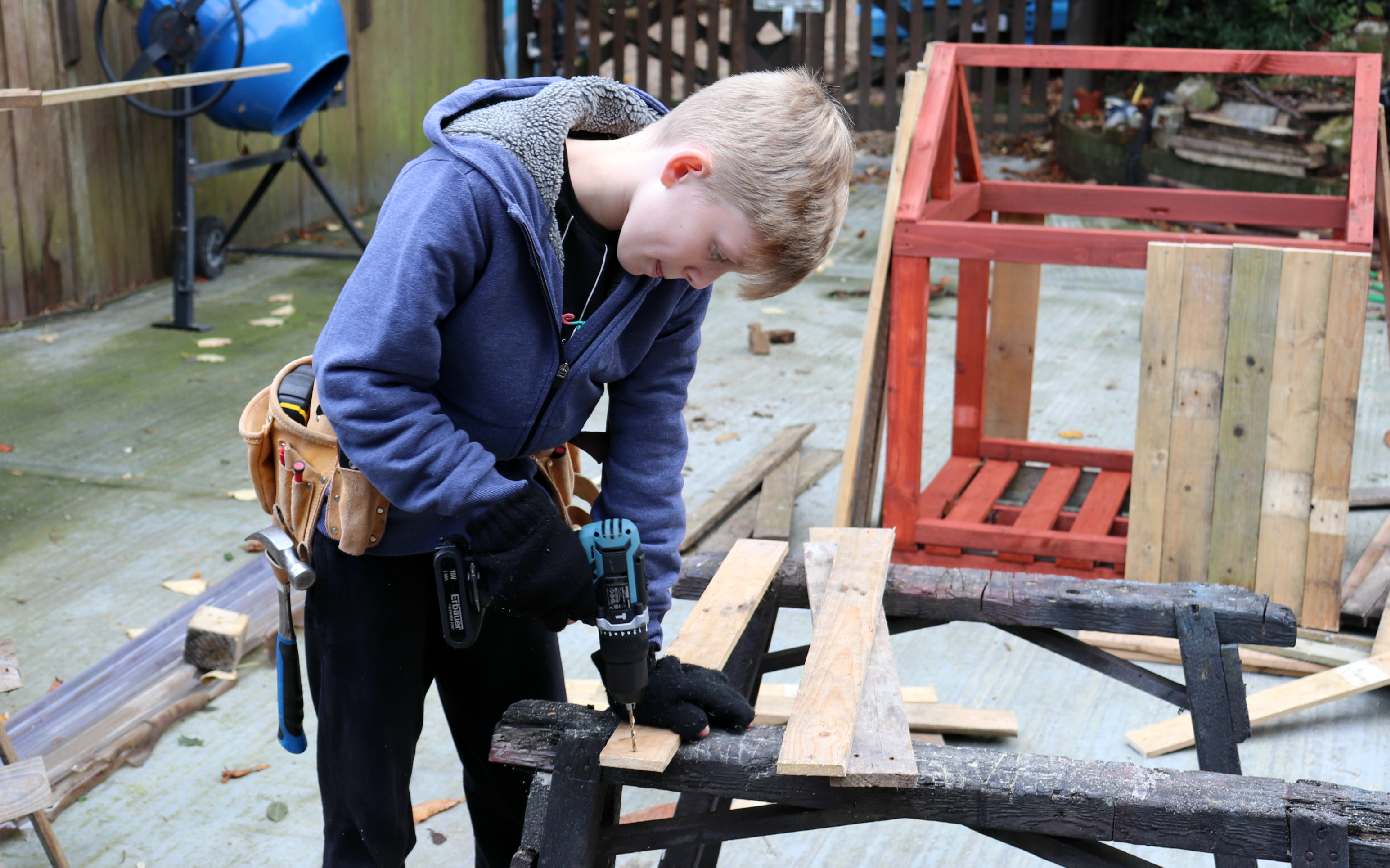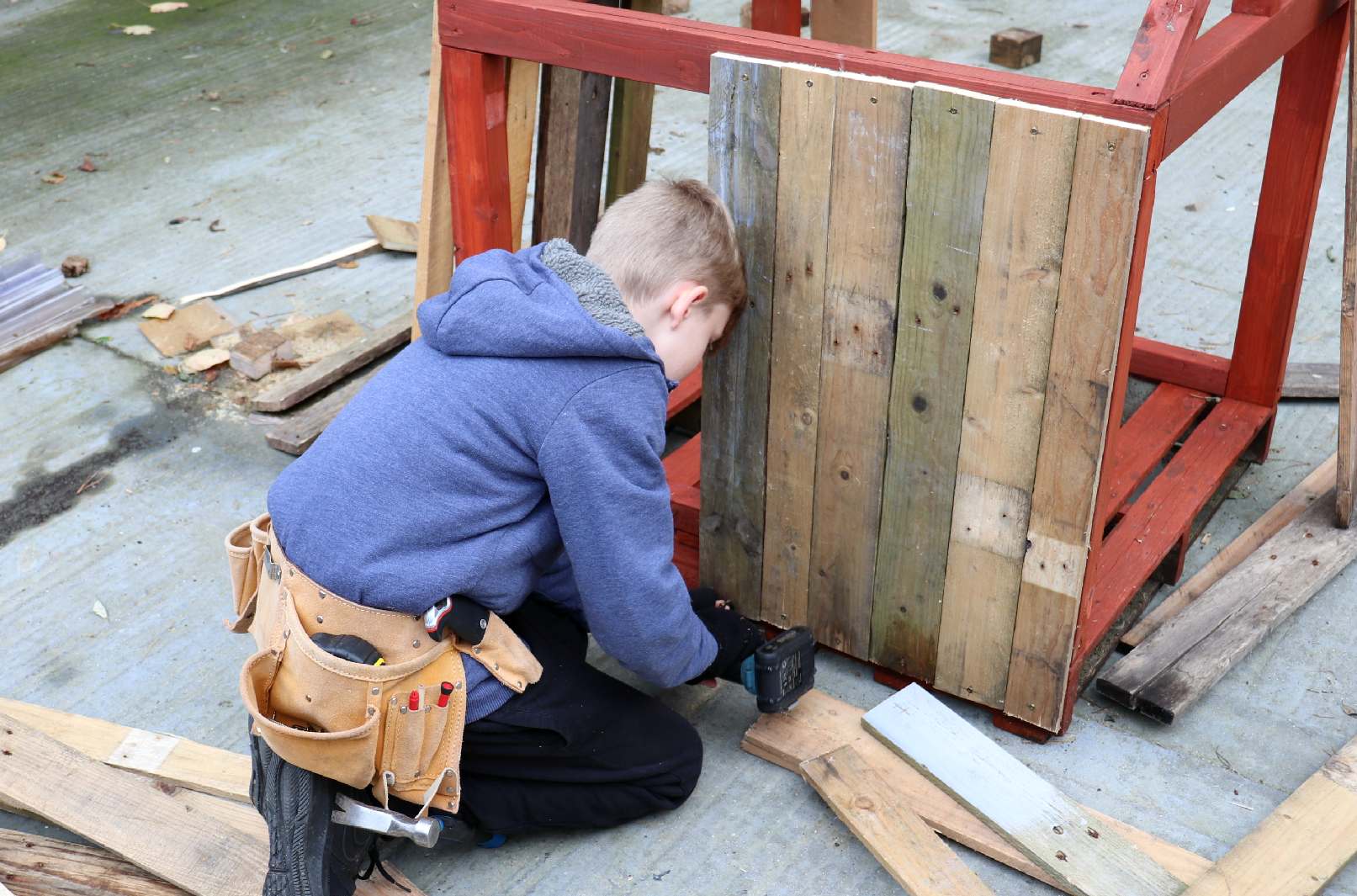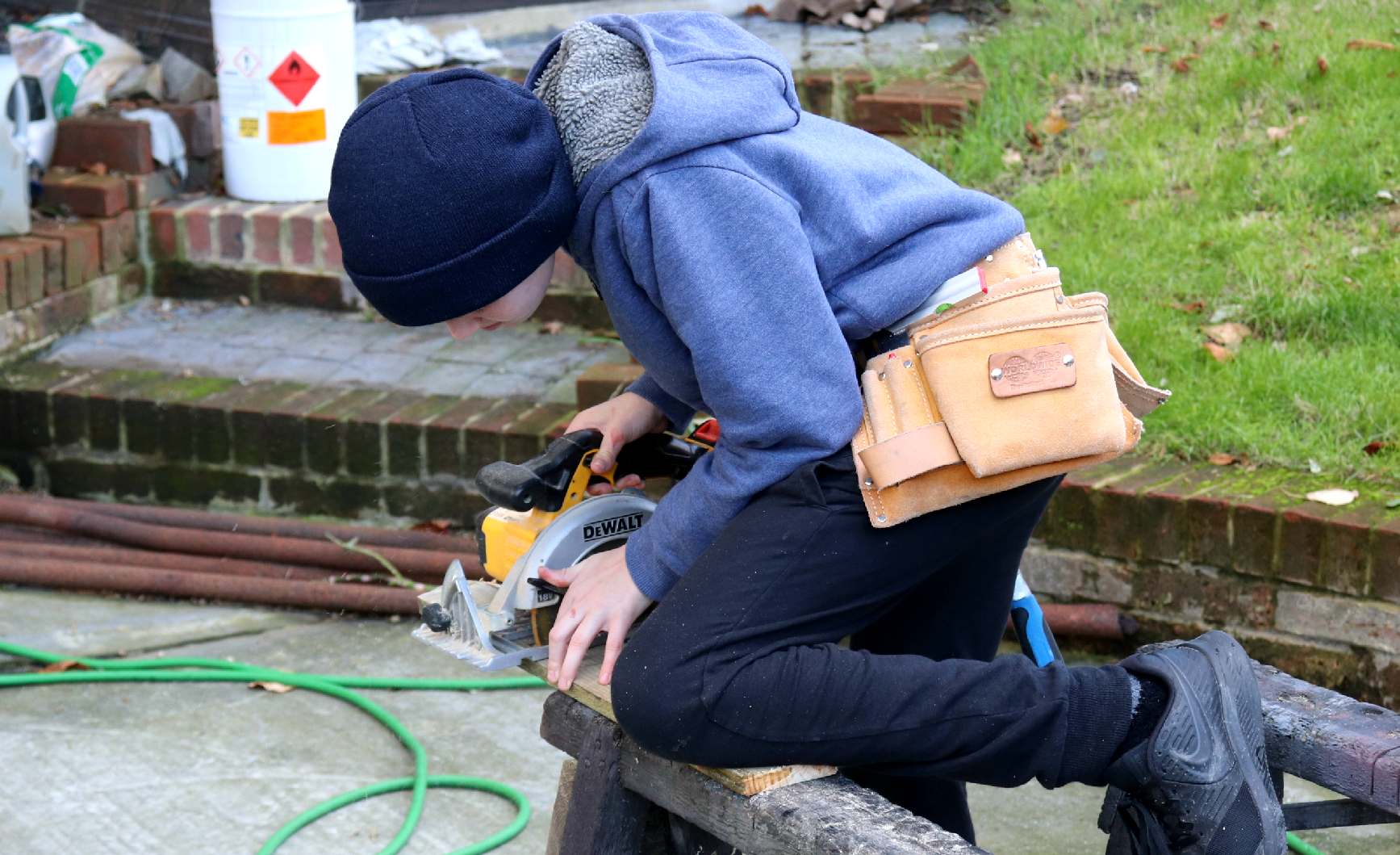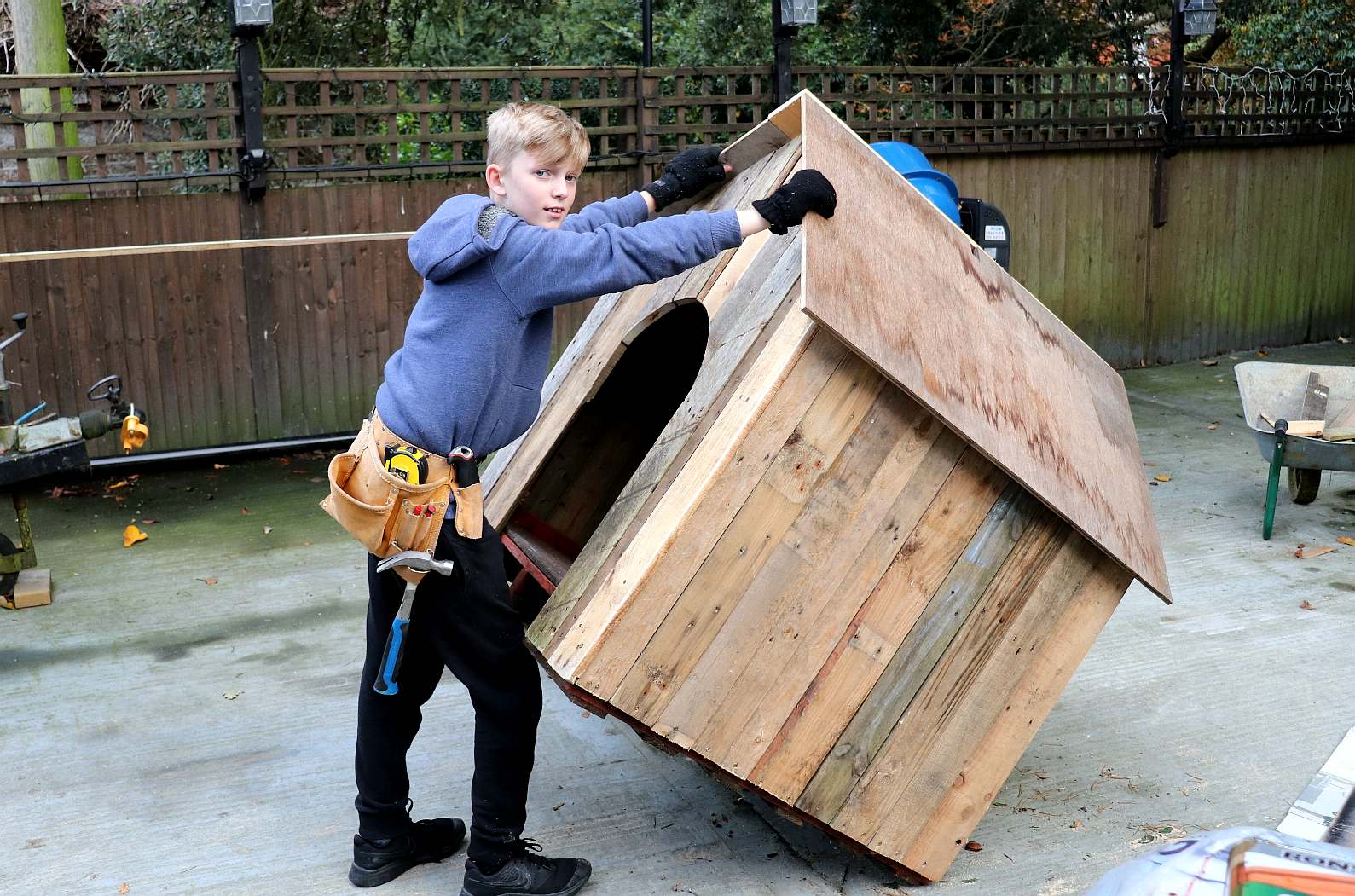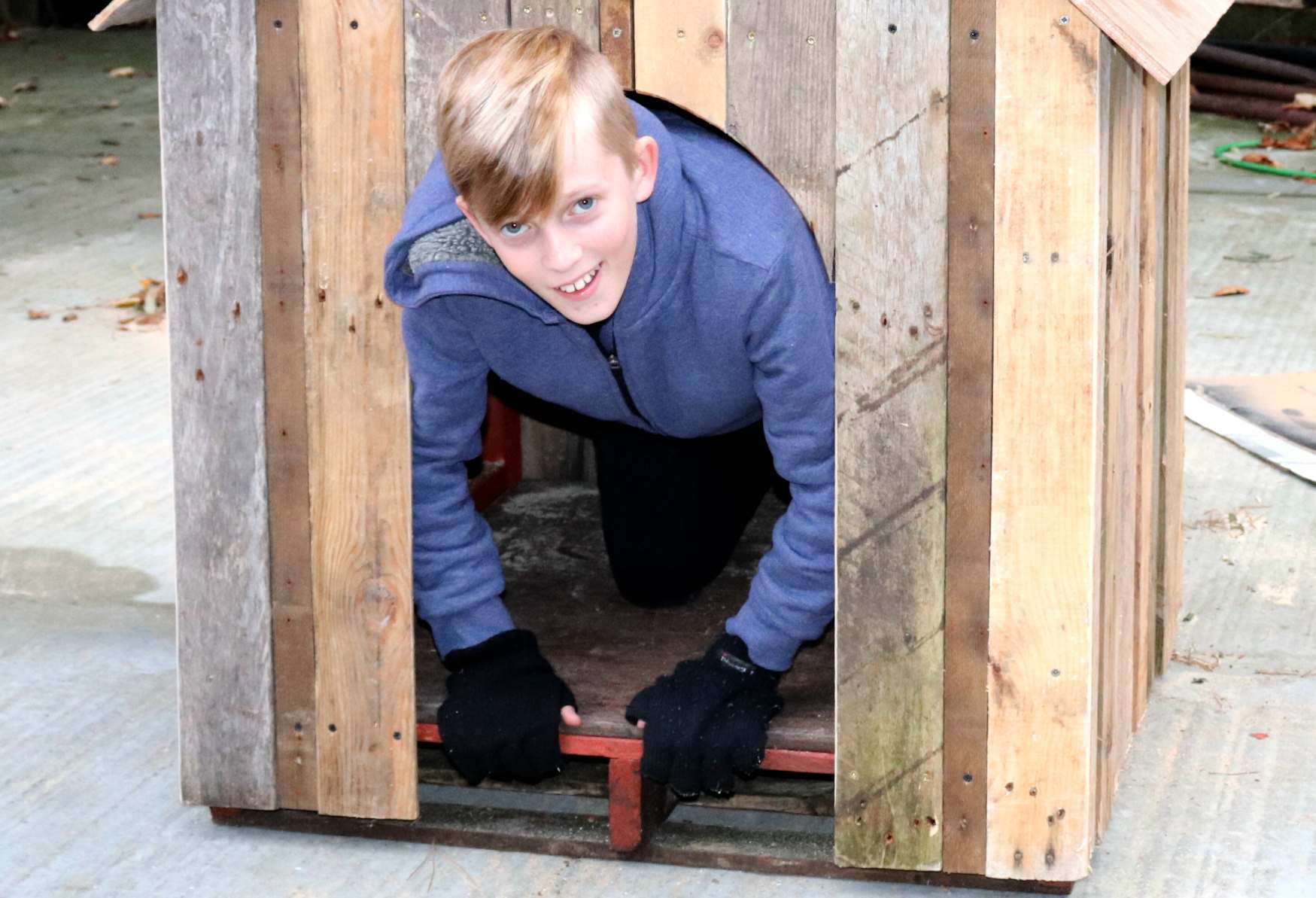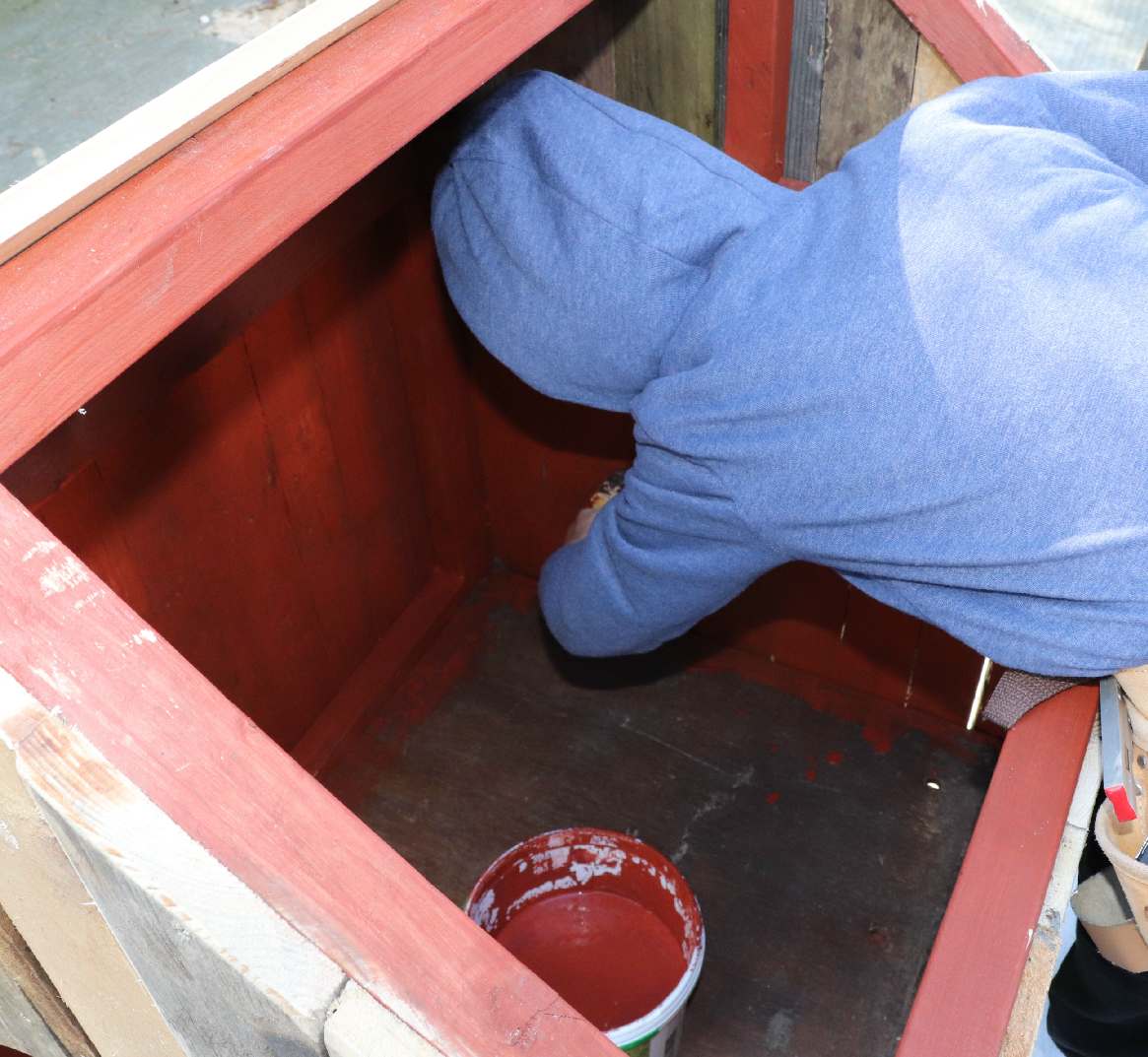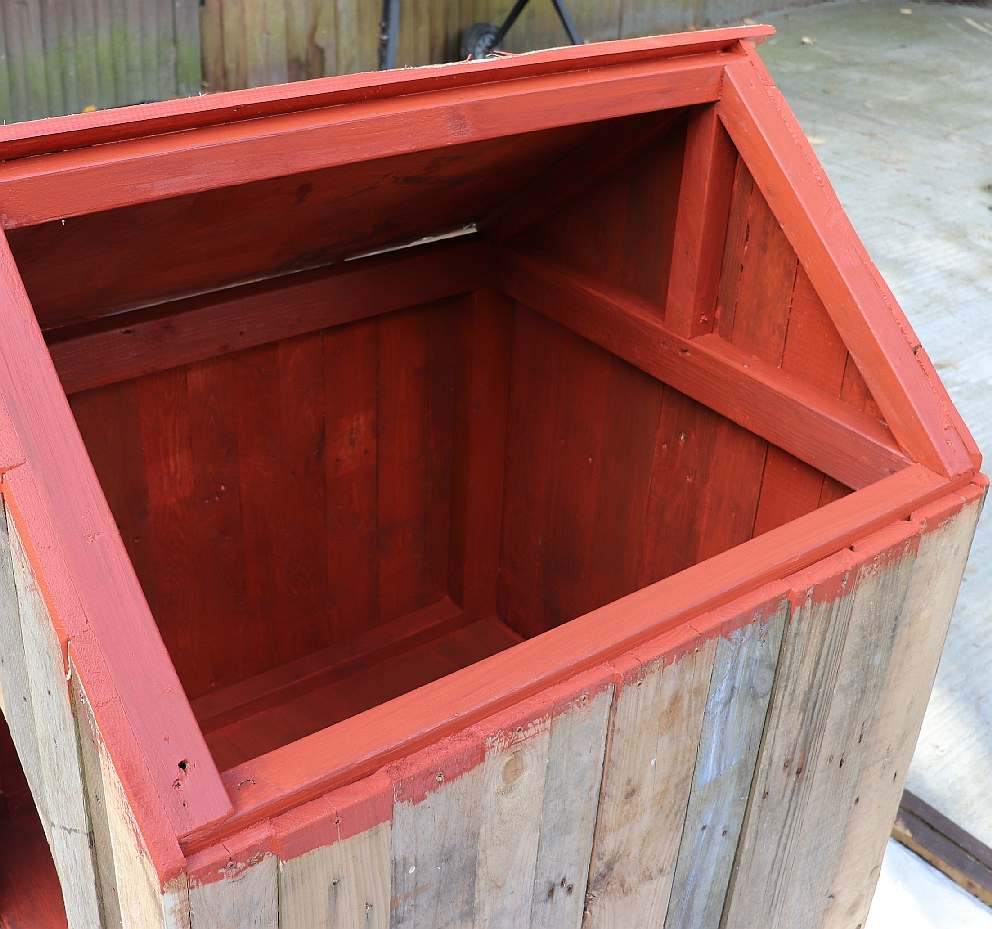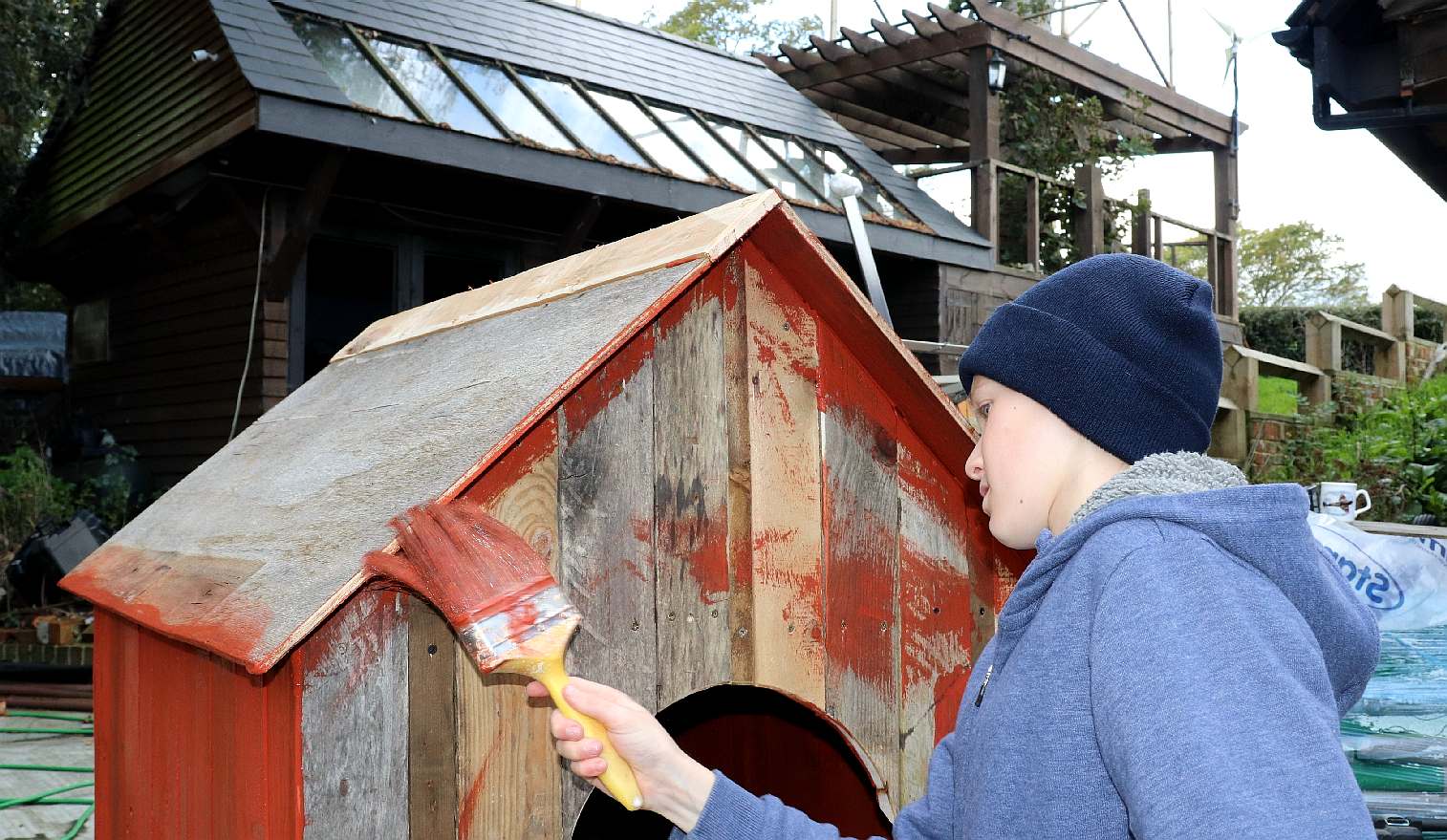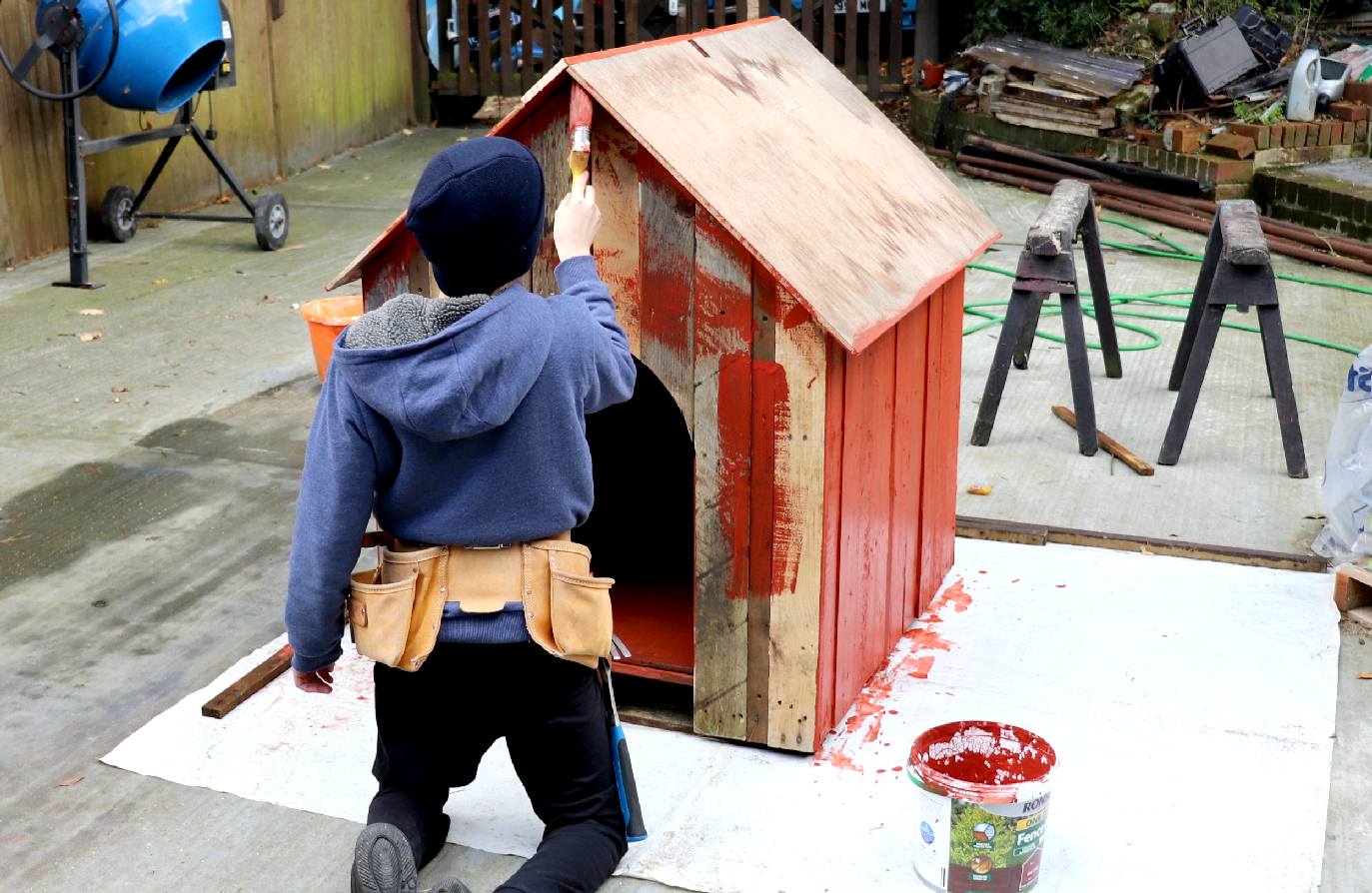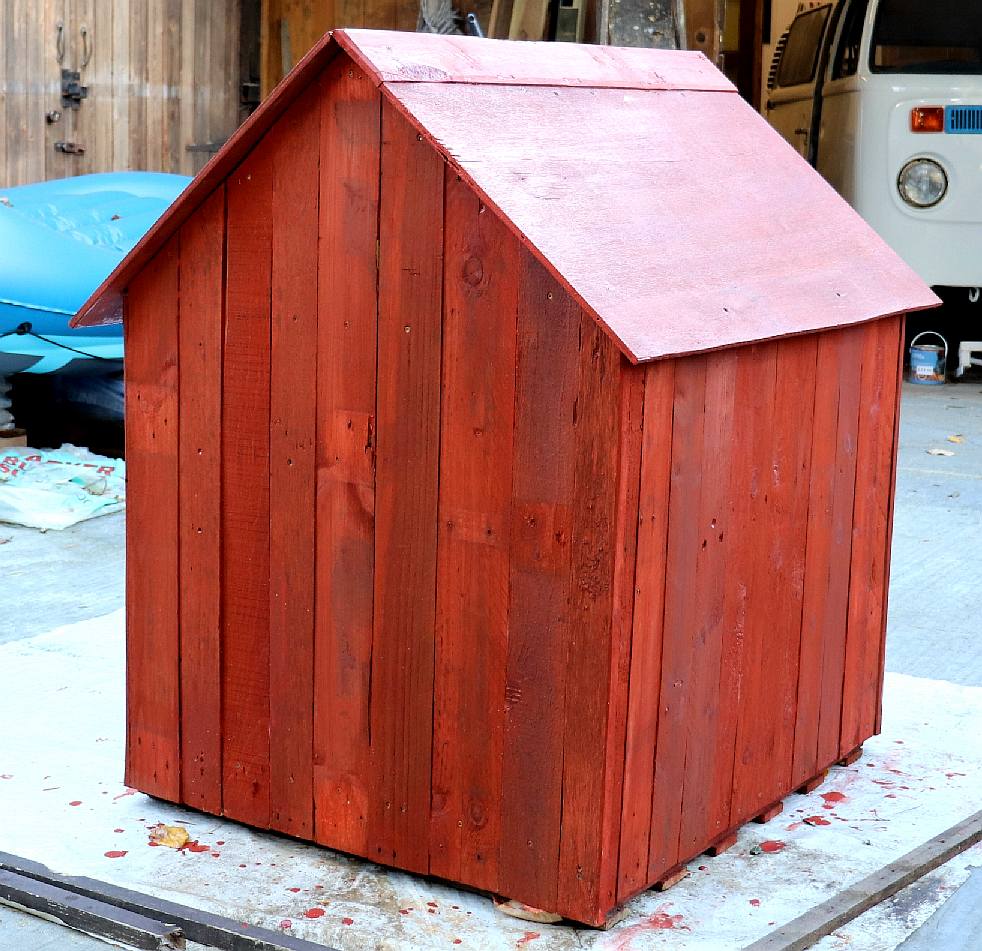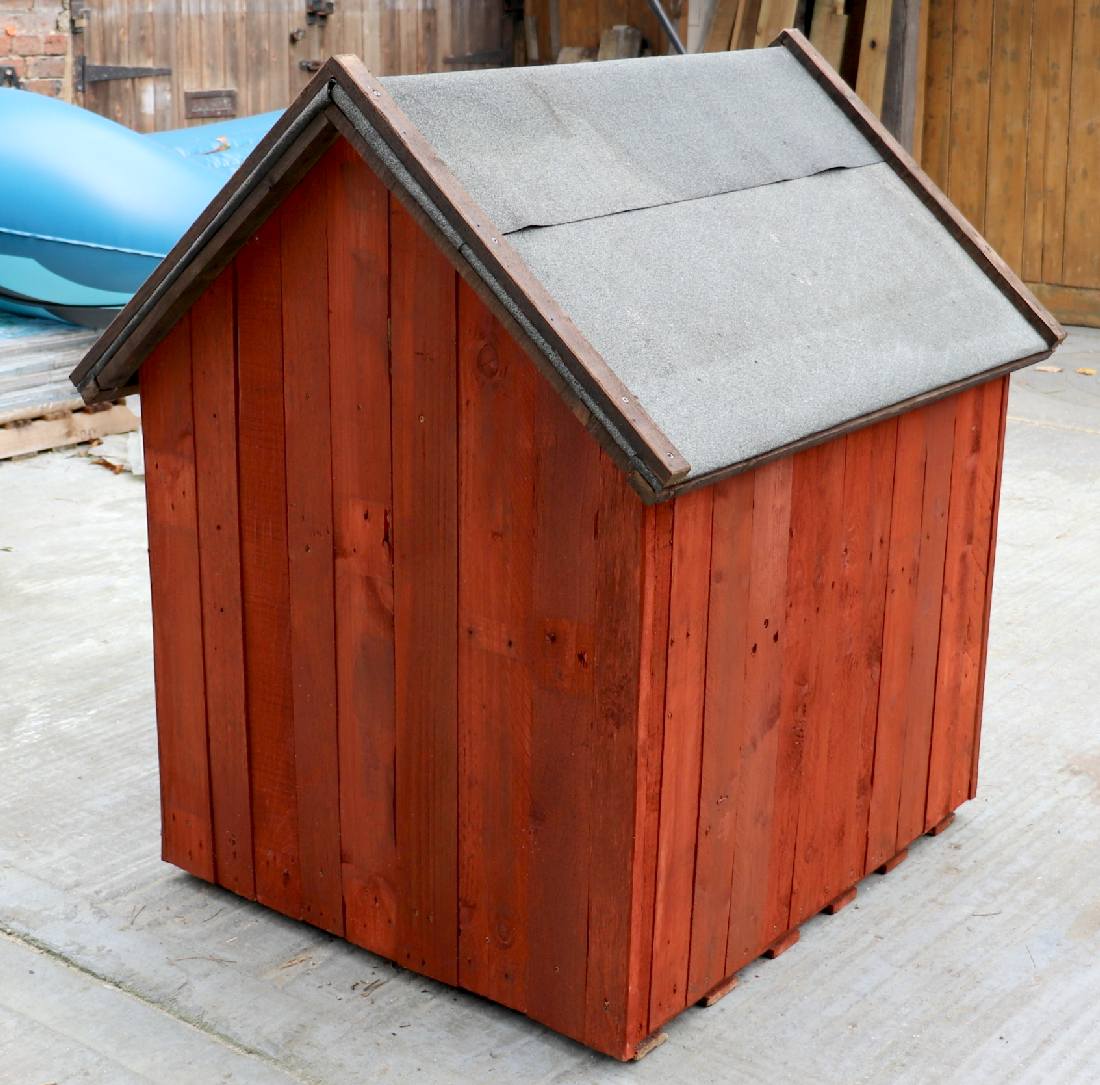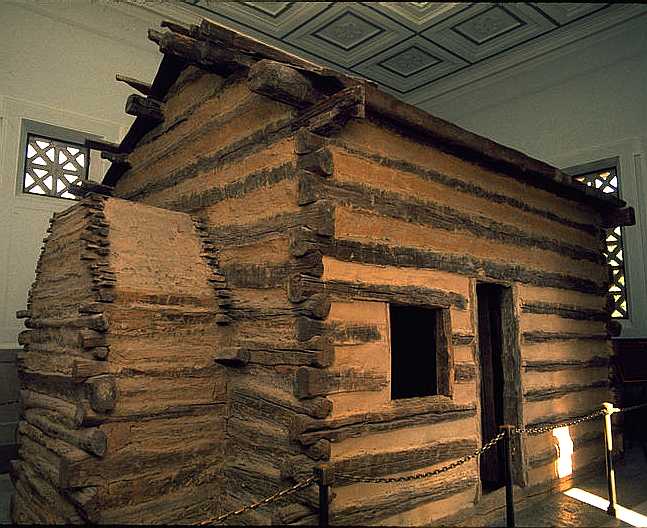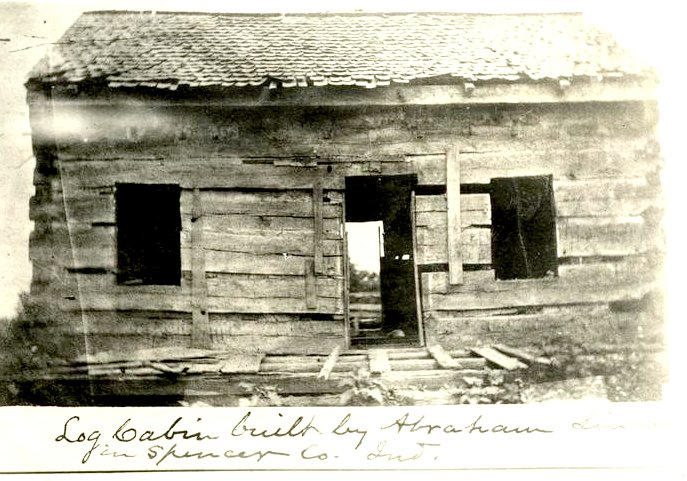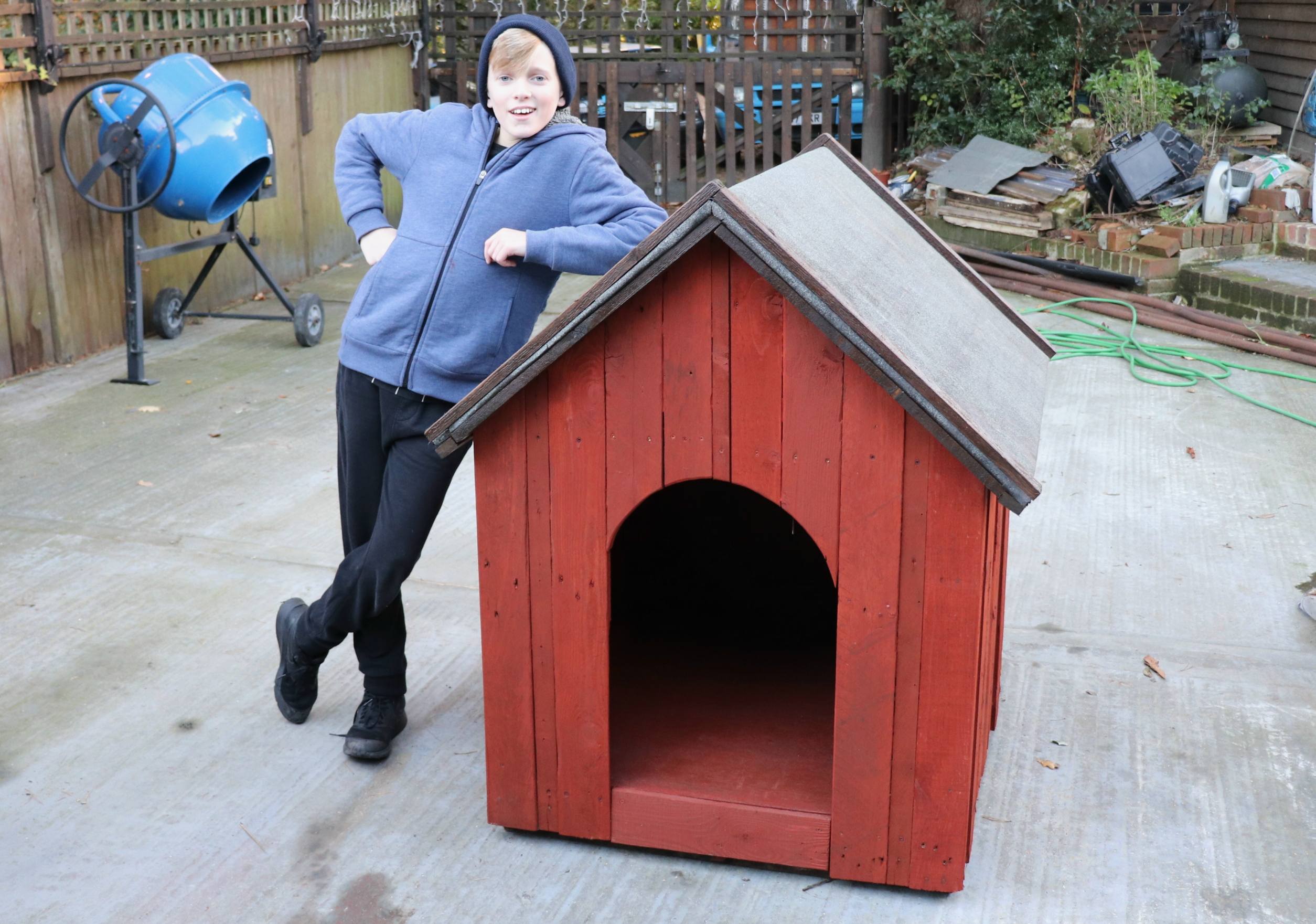|
BUILDING BELLA'S KENNEL
PLEASE USE OUR A TO Z INDEX TO NAVIGATE THIS SITE, OR CALL HOME |
|
|
|
BELLA - This is my dog. She is a Sprocker Spaniel and a quadruped. At the time of posting this picture, she was 8 months old. She's incredibly playful and cute. She is intelligent, but not smart enough to navigate a space ship, build a house, or grow crops. Hence, not a suitable candidate for space travel, to colonize another planet. But we love her just the same.
Having watched my Dad and Uncle make wooded garden furniture and helped my Granddad mend a garden shed, I decided that our dog, Bella, could do with a kennel, and more importantly, felt confident enough to have a go myself. But the cost of wood and the fact that I have no transport would have made such a project impossible, without a bit of help.
But then on site where I have my workshop, I noticed quite a lot of timber just lying around, most of which would have been disposed of. So I asked if I could use the waste timber (because there is a lot of good wood) to make a kennel, and everyone thought that would be fine.
So, I collected up a lot of 50 x 50 mm and 50 x 75mm timber and got approval to cut it to size for the kennel I proposed building. This is important. Don't go using timber that your parents have stored, without getting permission first.
Using an old pallet as a base, I constructed a frame from second hand timber. You can see a lot of power tools behind me. These are not mine. Mine are a different colour, but still powered by rechargeable lithium batteries and just as neat.
I've been taught to sit down and plan a project on paper before cutting wood or metal - because we don't want to waste materials - even if they are free. Also, you have to make sure you have enough planks to be able to complete what you are planning. So a materials list is a good idea, as is a cutting list - if you plan that far ahead. I tend to rush at things, but have learned that thinking first pays dividends.
One of the first things I was taught was how important a sharp pencil and a tape measure is. A pencil or pen is needed to draw out a plan that can be dimensioned, so that you have something to work to. Thank goodness someone invented paper.
Of course I have my own laptop and have started working in CAD, but I have a way to go with that. You still need to measure in the real world, to input into a computer. So a good tape measure is important when building anything.
My folks keep me stocked with tools on birthdays and at Christmas, and if I don't have something myself, I am allowed to use tools from the Foundation's workshops, provided I am supervised. I don't mind that because I'm learning new skills and need help quite often. Especially with power tools that can be quite scary when you first try to use them.
I also have my own screw set in a yellow steel box from ScrewFix. These days fixings are cheaper from mass production, but they are still expensive if buying from pocket money.
The pallet slats had to be de-nailed to make them safe to handle. It takes almost as much time as building the kennel. But then, we are re-using wood, not wasting it. I stacked the slats around the frame to be sure we had enough wood for the walls. This is also a time to grade the timbers.
Once cut to size, the slats can be fixed to the framework. I'm using my own power driver in this picture. A work belt is also useful, because you have a hammer, knife and set-square with you at all times, as you move around the site. I keep screws in one of the leather pockets, so that all I have to do is reach behind me to get another.
Having split a few slats by screwing straight through without any preparation, I discovered that if you pre-drill a hole the size of the screw thread, that the wood does not split when fixed. this makes the construction stronger.
Once I'd scavenged enough pallets, I had to break them down, without damaging the slats. For this you need a long crowbar, a club hammer and good aim. I broke quite a few slats in the process (it can't be helped) but managed to collect around forty, of which some proved too terrible looking, rotten, or twisted to use.
Don't worry about this too much, because the timber can be treated with paint that protects the wood, and many people like the rustic look. In fact I have seen shops fitted out with recycled pallet wood as decoration.
If you are given permission to build something like this, don't forget to clear up the mess afterwards. I swept up and used a wheelbarrow to clear timber offcuts and sawdust from the drive.
I prefer working with wood, to composites, like when I made Anthony's tail. My fingers itched after using the epoxy resin. I'll must remember to wear gloves next time. I'm also learning how to make things out of metal, such as a scale model of a solar powered boat that is to be used for real tank testing.
FIXING - It's incredible, but the kennel started to take shape after only 10 hours. And I managed to watch a couple of films in the breaks, and eat plenty of food to keep me warm outside. In fact, we made a trip to Bexhill to buy the hat I'm wearing and some warmer socks - as winter is coming. I decided to fix the slats vertically so that rainwater runs down the joins. If buying timber for a kennel, you could use tongue and grooved or feather edge boarding overlapped to keep out the water.
POWER
TOOLS - The first time I used this saw, I cut all over the place. The
second attempt, I managed a straight cut that was also square. I was
closely supervised and
WEIGHT - I was worried about how heavy the kennel might be. With each plank and screw, it was getting heavier. We have to transport the unit a few miles to where I live. I'm going to need help with that. If I was bigger, or the kennel smaller, I could carry on my back like a snail. Hermit crabs carry their shells on their back. Humans have mobile homes on wheels that can be towed to different destinations. After this I painted the kennel with Ronseal shed and fence paint, a water based product that is within my budget. In fact there was a tub in the workshop part used. So it was free.
ROAD TEST - Is it big enough? There is only one way to find out. I got in.
PAINTING - I soon found out that painting takes place from the inside out. The interior walls had to be painted before the last roof section was fitted. I managed this with only a few dabs on my clothing. I'd wear overalls next time, I think. I got some paint on my hoodie and on my woolen hat. But washed it off immediately. Once dry it will not come off in the wash - as I thought at the time.
TREATMENT - The reason sheds rot away after only 10 years or so, is because they are not treated against woodworm, wet and dry rot. So don't skimp here. In 5 years I should give this kennel a coat of wood preserver. The building in the background took a month to build and another week to fit the roofing slates. It is bigger than many log cabins in the wild west, and has a concrete floor. The pergola up the hill, took another month to build, because of the fancy ends that were cut by hand with a jigsaw, the decking, and the 1 meter + deep holes for concrete when the main posts were installed. The pergola was built to stabilize a sycamore tree that was otherwise dangerous and would have to come down. The tree was saved and is blossoming.
METHODICAL - Having worked from the back to the front, once the entrance was painted, the finishing touch would be the roofing plywood - made from offcuts. While waiting for the paint to dry, I searched around for some old roofing felt. By now I was getting tired, but I pushed through the pain and boredom barriers, to get the job done. Notice that I put down a sheet to catch the drips. This is very important or your drive will look terrible afterwards. Don't forget to wash the brushes afterwards and put the paint tub lids on tight. For next time.
LOG CABIN - The kennel looks just like a small log cabin. I'm told Abraham Lincoln was born in a log cabin and was possibly the first President to help build a log cabin in America around 1816. His father Thomas was a skilled carpenter. I'll have to look that up sometime.
PRESIDENT LINCOLN - [LEFT] Abraham Lincoln's birthplace. [RIGHT] A log cabin that Abraham Lincoln is said to have either built, or helped to build. I think he could have done with some help from my great uncle and granddad. He obviously did not grade his timbers very well on the cabin in the second picture. I wonder if they had wood treatment in those days?
If building is this easy, why are houses so expensive? A house is way bigger, but if I can build this in a couple of weekends, then it would only take a few months to build a log cabin for real. Then I'd not need a huge mortgage to own my own home, that tied me to banks for 25 years or more. It begs the question: are youngsters being sold into financial slavery?
Flatpacks make the job even easier. A flat-pack is a home that comes as a kit that you simply assemble, with all the parts cut for you. You don't need a saw or woodworking skills, and they can be installed in a week!
I will be writing more about this project, but tomorrow I have to go to school and learn even more cool stuff, thanks to the patience of my teachers. 11-10-20
I'M PROUD OF THIS - It's not completed yet, but I think Bella might approve. I fancy carving her name in wood, and maybe making a half-door a bit like they have in stables. It took a few hours to make, but I have this to remember how I built my first timber unit.
SHE'S WORTH IT - I can't wait to see Bella get into her kennel for the first time. I must get some soft bedding for her.
LINKS & REFERENCE
http://
|
|
|
This website is Copyright © 2020 Planet Earth Trust. The design of the kennel featured on this website is free to copy, but other designs may be subject to design copyright © with all rights reserved.
|

